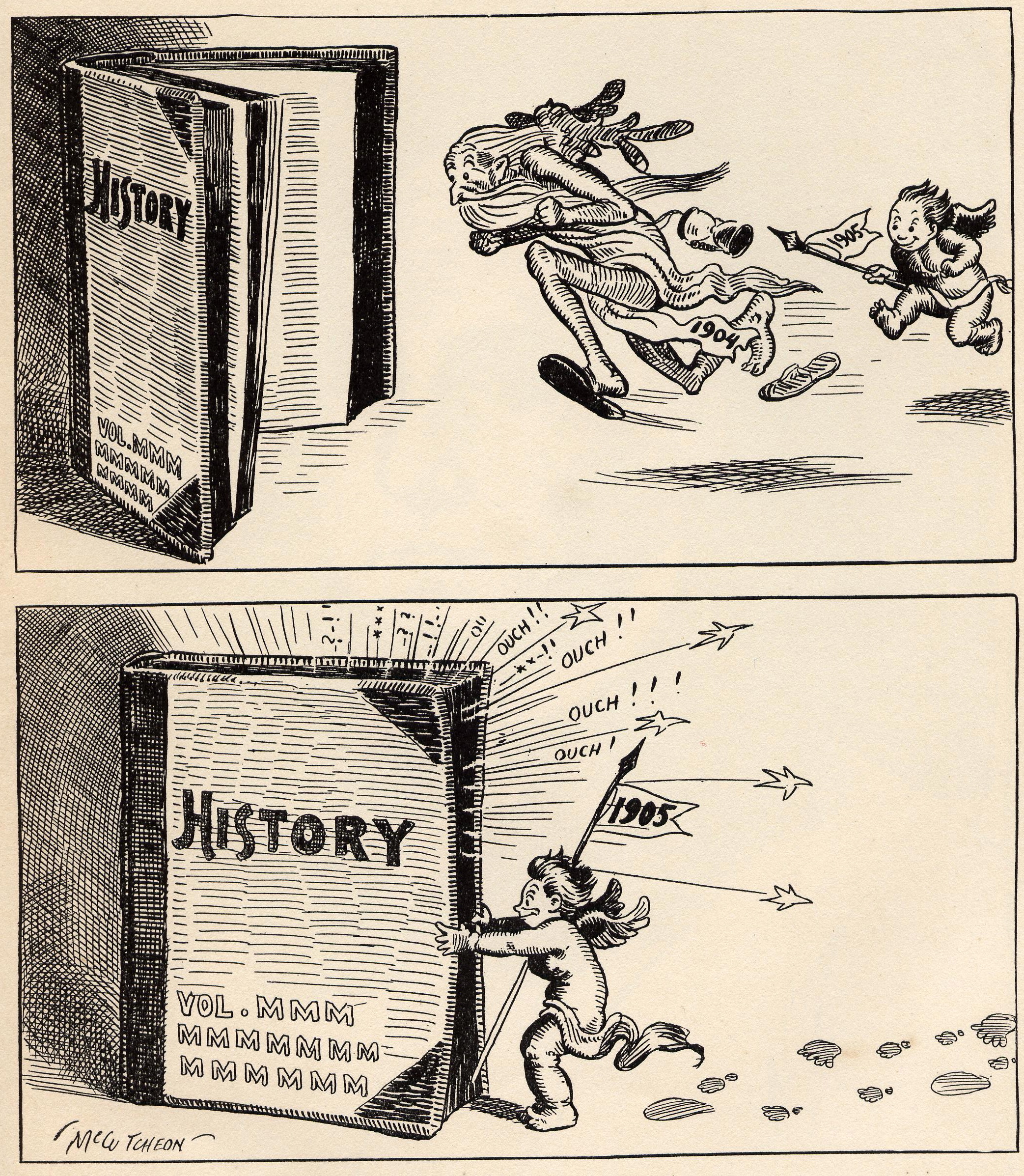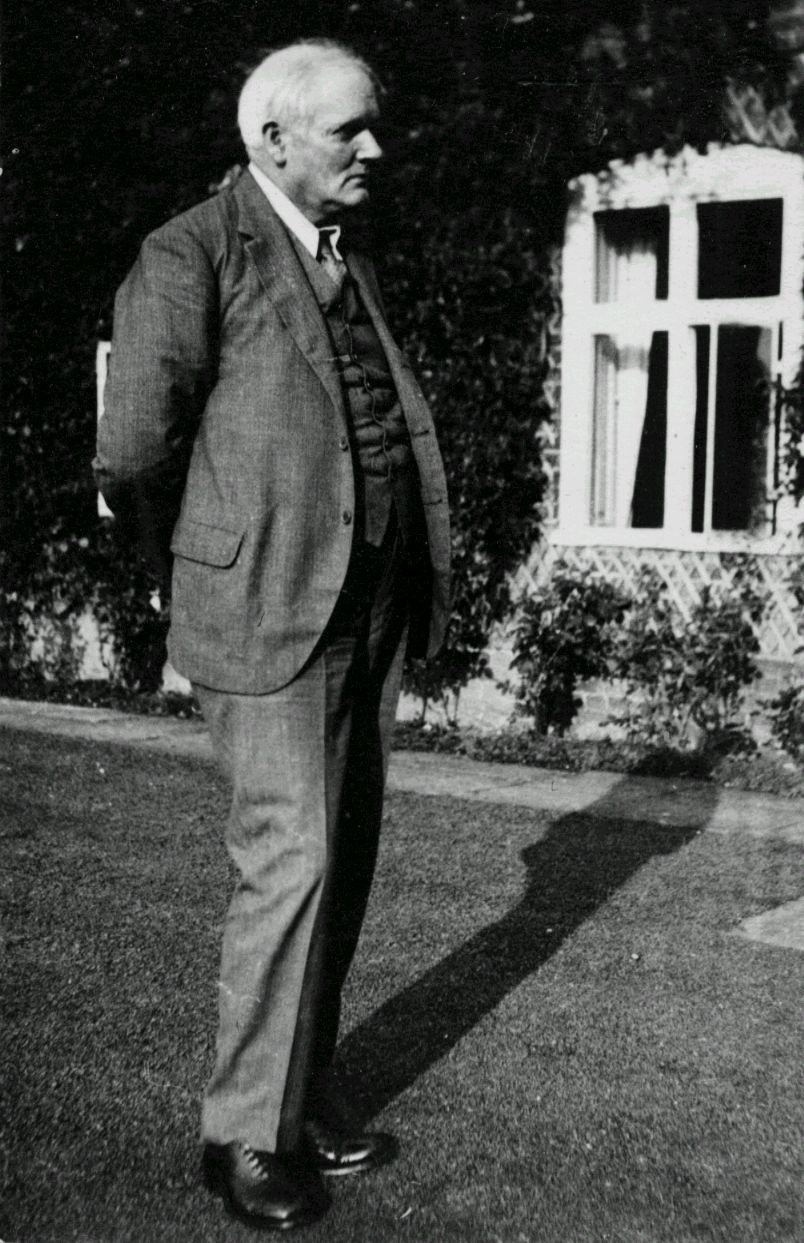|
Janet Teissier Du Cros
Janet Teissier du Cros (born Janet Sinclair Craigie Grierson; 26 January 1905 – 14 October 1990) was a writer, translator, broadcaster and pianist who was brought up in Scotland and then lived in France for sixty years. She wrote about her life in wartime France in ''Divided Loyalties:a Scotswoman in Occupied France''. Personal life Born Janet Sinclair Craigie Grierson on 26 January 1905 in Aberdeen, her parents were Mary and H. J. C. Grierson, Herbert Grierson, scholar and academic. Janet was the youngest of five girls who grew up in a prosperous, literary household: living in Aberdeen until 1916 and then at 12 Regent Terrace, Edinburgh. Her father wanted his daughters to be fluent in French and employed Swiss governesses for them. Her later education was at St George's School, Edinburgh, St George's School in Edinburgh. There she met the writer Janet Adam Smith who was a lifelong friend. Her musical talent took her to study in Vienna. Back in Edinburgh, she met François ... [...More Info...] [...Related Items...] OR: [Wikipedia] [Google] [Baidu] |
French Resistance
The French Resistance ( ) was a collection of groups that fought the German military administration in occupied France during World War II, Nazi occupation and the Collaboration with Nazi Germany and Fascist Italy#France, collaborationist Vichy France, Vichy regime in France during the World War II, Second World War. Resistance Clandestine cell system, cells were small groups of armed men and women (called the Maquis (World War II), Maquis in rural areas) who conducted guerrilla warfare and published Underground press, underground newspapers. They also provided first-hand intelligence information, and escape networks that helped Allies of World War II, Allied soldiers and airmen trapped behind Axis powers, Axis lines. The Resistance's men and women came from many parts of French society, including émigrés, academics, students, aristocrats, conservative Catholic Church in France, Roman Catholics (including clergy), Protestantism in France, Protestants, History of the Jews in F ... [...More Info...] [...Related Items...] OR: [Wikipedia] [Google] [Baidu] |
1990 Deaths
This is a list of lists of deaths of notable people, organized by year. New deaths articles are added to their respective month (e.g., Deaths in ) and then linked below. 2025 2024 2023 2022 2021 2020 2019 2018 2017 2016 2015 2014 2013 2012 2011 2010 2009 2008 2007 2006 2005 2004 2003 2002 2001 2000 1999 1998 1997 1996 1995 1994 1993 1992 1991 1990 1989 1988 1987 1986 Earlier years ''Deaths in years earlier than this can usually be found in the main articles of the years.'' See also * Lists of deaths by day * Deaths by year (category) {{DEFAULTSORT:deaths by year ... [...More Info...] [...Related Items...] OR: [Wikipedia] [Google] [Baidu] |
1905 Births
As the second year of the massive Russo-Japanese War begins, more than 100,000 die in the largest world battles of that era, and the war chaos leads to the 1905 Russian Revolution against Nicholas II of Russia (Dmitri Shostakovich, Shostakovich's Symphony No. 11 (Shostakovich), 11th Symphony is subtitled ''The Year 1905'' to commemorate this) and the start of Revolution in the Kingdom of Poland (1905–07), Revolution in the Kingdom of Poland. Canada and the U.S. expand west, with the Alberta and Saskatchewan provinces and the founding of Las Vegas. 1905 is also the year in which Albert Einstein, at this time resident in Bern, publishes his four Annus Mirabilis papers, ''Annus Mirabilis'' papers in ''Annalen der Physik'' (Leipzig) (March 18, May 11, June 30 and September 27), laying the foundations for more than a century's study of theoretical physics. Events January * January 1 – In a major defeat in the Russo-Japanese War, Russian General Anatoly Stessel su ... [...More Info...] [...Related Items...] OR: [Wikipedia] [Google] [Baidu] |
Usher Hall
The Usher Hall (Scottish Gaelic: ''Talla Usher'') is a concert hall in the West End of Edinburgh, Scotland. The hall is owned and managed by the City of Edinburgh Council, and has hosted concerts and events since its construction in 1914. The venue can hold approximately 2,200 people in its recently restored auditorium, which is well loved by performers due to its acoustics. In March 1972, the Eurovision Song Contest was held at the Hall and compèred by Moira Shearer. This marked the first time that the Eurovision Song Contest had been held in Scotland. It was also the venue of Eurovision Young Musicians in August 2018. In 1986, the Commonwealth Games was hosted by Edinburgh, with the Usher Hall providing the venue for the boxing tournament. The Hall is flanked by The Royal Lyceum Theatre to the south and The Traverse Theatre to the north. Historic Environment Scotland has registered the Hall with Category A listed building status. History Construction The construction ... [...More Info...] [...Related Items...] OR: [Wikipedia] [Google] [Baidu] |
Donald Tovey
Sir Donald Francis Tovey (17 July 187510 July 1940) was a British musical analyst, musicologist, writer on music, composer, conductor and pianist. He had been best known for his '' Essays in Musical Analysis'' and his editions of works by Bach and Beethoven, but since the 1990s his compositions (relatively small in number but substantial in musical content) have been recorded and performed with increasing frequency. The recordings have mostly been well received by reviewers. Life He was born at Eton, Berkshire, the son of Duncan Crookes Tovey, an assistant master at Eton College, and his wife, Mary Fison. As a child Tovey was privately educated exclusively by Sophie Weisse. She was impressed by his musical gifts evident at an early age and took it upon herself to nurture him. Through her network of associates he was introduced to composers, performers and music critics. These included Walter Parratt, James Higgs and (from the age of 14) Hubert Parry for composition. In 1898 ... [...More Info...] [...Related Items...] OR: [Wikipedia] [Google] [Baidu] |
Woman's Hour
''Woman's Hour'' is a radio magazine programme broadcast in the United Kingdom on the BBC Light Programme, BBC Radio 2, and later BBC Radio 4. It has been on the air since 1946. History The first BBC programme for women was the programme called ''Women's Hour'', which was first broadcast on 2 May 1923. The BBC was then a brand new organisation, just a few months old, grappling with the sorts of programmes that might appeal to its small but growing audience. With married women firmly based in the home, either through convention or because of marriage bars, the BBC would have been aware of this captive daytime audience. The person brought in to oversee ''Women's Hour'' was Mrs Ella Fitzgerald, a former Fleet Street journalist, and the inaugural programme included two talks, one on "The Adoption of Babies" given by Princess Alice, Countess of Athlone, the other on "Fashions" by the couturier, Lady Duff Gordon. Broadcast six days a week, initially at 5pm, ''Women's Hour'' encom ... [...More Info...] [...Related Items...] OR: [Wikipedia] [Google] [Baidu] |
12 Regent Terrace
1 (one, unit, unity) is a number, numeral, and glyph. It is the first and smallest positive integer of the infinite sequence of natural numbers. This fundamental property has led to its unique uses in other fields, ranging from science to sports, where it commonly denotes the first, leading, or top thing in a group. 1 is the unit of counting or measurement, a determiner for singular nouns, and a gender-neutral pronoun. Historically, the representation of 1 evolved from ancient Sumerian and Babylonian symbols to the modern Arabic numeral. In mathematics, 1 is the multiplicative identity, meaning that any number multiplied by 1 equals the same number. 1 is by convention not considered a prime number. In digital technology, 1 represents the "on" state in binary code, the foundation of computing. Philosophically, 1 symbolizes the ultimate reality or source of existence in various traditions. In mathematics The number 1 is the first natural number after 0. Each natural number, ... [...More Info...] [...Related Items...] OR: [Wikipedia] [Google] [Baidu] |
Richard Cobb
Richard Charles Cobb (20 May 1917 – 15 January 1996) was a British historian and essayist, and professor at the University of Oxford. He was the author of numerous influential works about the history of France, particularly the French Revolution. Cobb meticulously researched the Revolutionary era from a ground-level view sometimes described as " history from below". Cobb is best known for his multi-volume work ''The People's Armies'' (1961), a massive study of the composition and mentality of the Revolution's civilian armed forces. He was a prolific writer of essays from which he fashioned numerous book-length collections about France and its people. Cobb also found much inspiration from his own life, and he composed a multitude of autobiographical writings and personal reflections. Much of his writing went unpublished in his lifetime, and several anthologies were assembled from it by other scholars after his death. Education and career Richard Cobb was born in London, ... [...More Info...] [...Related Items...] OR: [Wikipedia] [Google] [Baidu] |
Glasgow Herald
''The Herald'' is a Scottish broadsheet newspaper founded in 1783. ''The Herald'' is the longest running national newspaper in the world and is the eighth oldest daily paper in the world. The title was simplified from ''The Glasgow Herald'' in 1992. Following the closure of the ''Sunday Herald'', the ''Herald on Sunday'' was launched as a Sunday edition on 9 September 2018. History Founding The newspaper was founded by an Edinburgh-born printer called John Mennons in January 1783 as a weekly publication called the ''Glasgow Advertiser''. Mennons' first edition had a global scoop: news of the treaties of Versailles reached Mennons via the Lord Provost of Glasgow just as he was putting the paper together. War had ended with the American colonies, he revealed. ''The Herald'', therefore, is as old as the United States of America, give or take an hour or two. The story was, however, only carried on the back page. Mennons, using the larger of two fonts available to him, put it in th ... [...More Info...] [...Related Items...] OR: [Wikipedia] [Google] [Baidu] |
Marshal Pétain
Marshal is a term used in several official titles in various branches of society. As marshals became trusted members of the courts of Medieval Europe, the title grew in reputation. During the last few centuries, it has been used for elevated offices, such as in military rank and civilian law enforcement. In most countries, the rank of Marshal is the highest Army rank (equivalent to a five-star General of the Army in the United States). Etymology ''Marshal'' is an ancient loanword from Old French ''mareschal'' (cf. Modern French ''maréchal''), which in turn is borrowed from Old Frankish *' "stable boy, keeper, servant", attested by Medieval Latin ''mariscalcus'' from a Proto-Germanic ''*maraχskalkaz'' (cf. Old High German ''marahschalh'')p. 93b-283a, T. F. Hoad, ''The Concise Oxford Dictionary of English Etymology'' (Oxford University Press, 1993) being still evident in Middle Dutch ''maerscalc'', ''marscal'', and in modern Dutch ''maarschalk'' (="military chief commander" ... [...More Info...] [...Related Items...] OR: [Wikipedia] [Google] [Baidu] |
Samson Press
The Samson Press was a small letterpress printing business or private press run by Joan Mary Shelmerdine (1899–1994) and Flora Margaret Grierson (1899–1966). In its early years it was known for producing small editions of literary works with high quality artwork, and later for the production of greetings cards and ephemera to the same high standards. History Shelmerdine and Grierson began printing in 1930, at a cottage in Stuart Road, Warlingham in Surrey, and produced a number of small books and a good deal of ephemera. They exhibited their work in Edinburgh: first at Grierson's family home in 1934Hand-Printing, An Edinburgh Exhibition, ''The Scotsman'', 31 Oct 1934 and then "books, woodcuts, lino-cuts, new Christmas cards" at Parsons' Gallery, Queen Street. The press was destroyed by fire in late 1936 and they subsequently moved to Woodstock in Oxfordshire, where they re-established the press in 1937. Their Woodstock premises in Park Street are now marked by a plaque. The ... [...More Info...] [...Related Items...] OR: [Wikipedia] [Google] [Baidu] |



